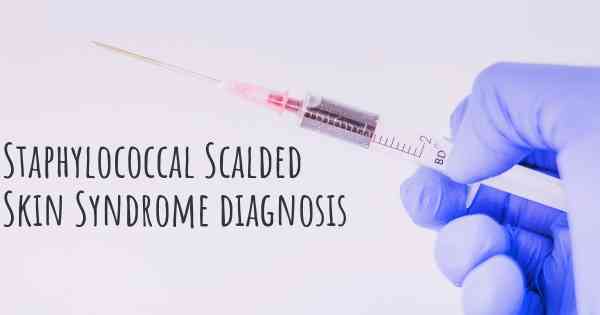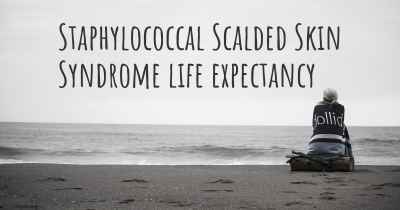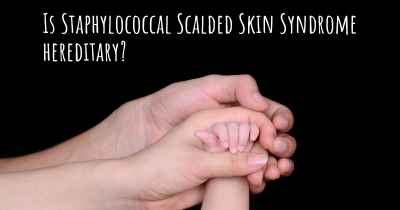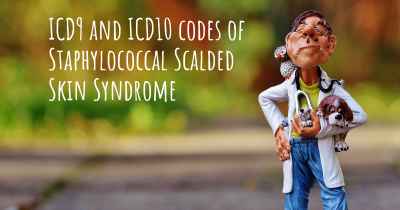How is Staphylococcal Scalded Skin Syndrome diagnosed?
See how Staphylococcal Scalded Skin Syndrome is diagnosed. Which specialists are essential to meet, what tests are needed and other useful information for the diagnosis of Staphylococcal Scalded Skin Syndrome

Staphylococcal Scalded Skin Syndrome (SSSS) is a rare but serious skin condition caused by an infection with certain strains of Staphylococcus aureus bacteria. It primarily affects infants and young children, but can also occur in adults with weakened immune systems. SSSS is characterized by widespread redness, blistering, and peeling of the skin, resembling a severe burn or scald injury.
Diagnosing SSSS involves a combination of clinical evaluation, physical examination, and laboratory tests. The process typically begins with a thorough medical history and assessment of the patient's symptoms. The characteristic signs of SSSS, such as skin tenderness, redness, and blistering, are carefully examined by a healthcare professional.
One of the key diagnostic tools for SSSS is a skin biopsy. During this procedure, a small sample of the affected skin is taken and sent to a laboratory for analysis. The biopsy helps confirm the presence of Staphylococcus aureus bacteria and assess the extent of skin damage. The sample is examined under a microscope to identify the bacteria and determine if the top layer of the skin (epidermis) has separated from the underlying layers, a hallmark of SSSS.
Blood tests may also be conducted to detect the presence of Staphylococcus aureus bacteria or the toxins they produce. These tests can help confirm the diagnosis and assess the severity of the infection. Additionally, blood cultures may be performed to identify the specific strain of bacteria causing the infection, which can guide treatment decisions.
In some cases, swab samples may be taken from the affected skin or other potential sources of infection, such as the nose or throat. These samples are then cultured in a laboratory to isolate and identify the bacteria responsible for SSSS.
It is important to differentiate SSSS from other skin conditions that may have similar symptoms. Conditions such as toxic epidermal necrolysis, bullous impetigo, and severe drug reactions can present with skin blistering and peeling, making an accurate diagnosis crucial for appropriate treatment.
Once a diagnosis of SSSS is confirmed, prompt treatment is essential to prevent complications and promote healing. Antibiotics are typically prescribed to target the Staphylococcus aureus bacteria causing the infection. Additionally, supportive care measures, such as pain management, wound care, and fluid replacement, may be necessary to ensure the patient's comfort and well-being.
In conclusion, diagnosing Staphylococcal Scalded Skin Syndrome involves a combination of clinical evaluation, physical examination, and laboratory tests. Skin biopsy, blood tests, and swab samples are important diagnostic tools used to confirm the presence of the bacteria and assess the extent of skin damage. Prompt and appropriate treatment is crucial to manage SSSS effectively and prevent complications.
Posted Feb 4, 2019 by Amber 2000








